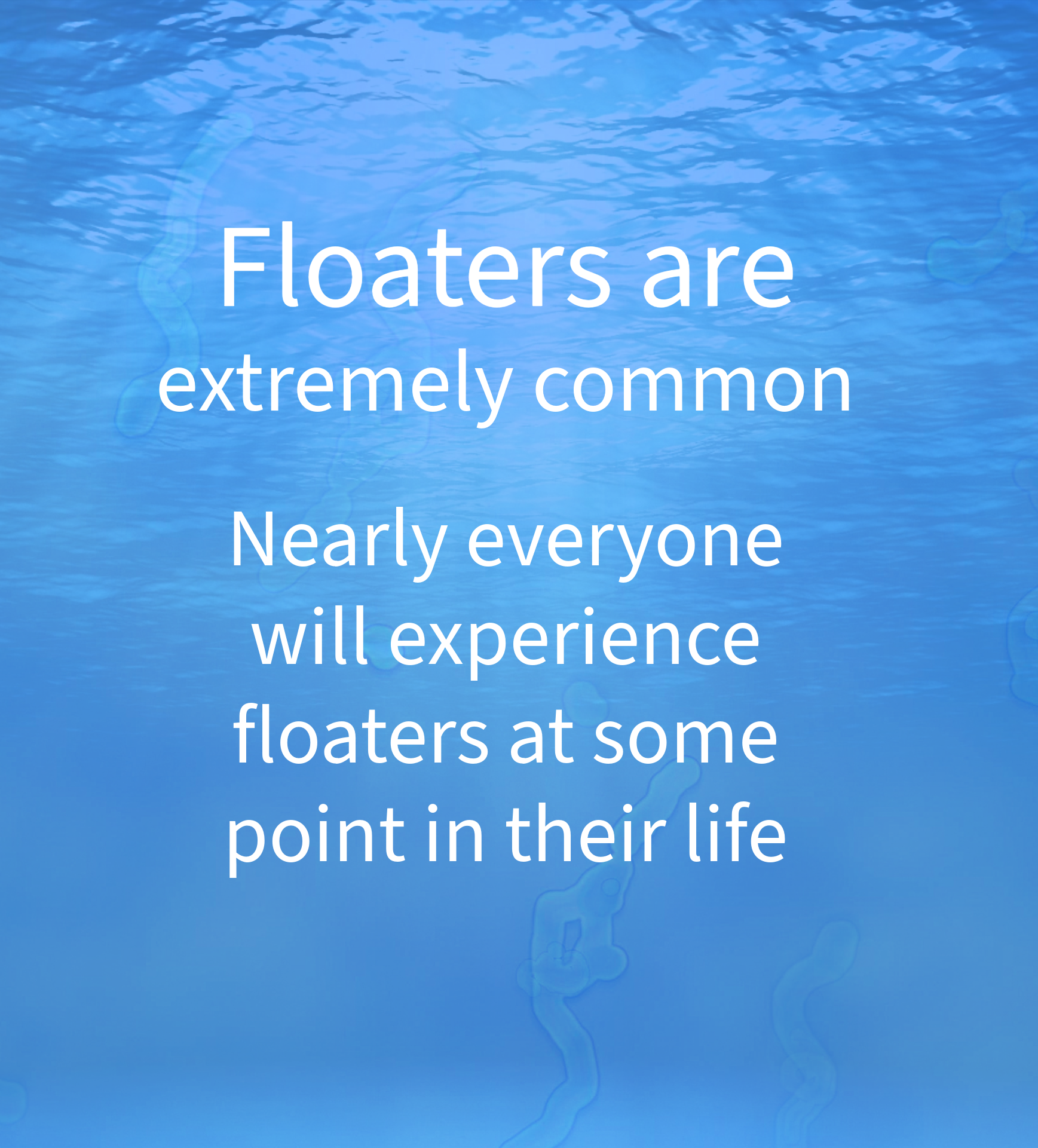
Vitreous floaters are small clumps of collagen or cellular debris that form inside the clear gel (vitreous) of the eye. They cast shadows on the retina and appear as spots, threads, or cobwebs that drift across your vision.
Floaters are incredibly common — studies estimate that more than 75% of people over age 60 experience them, and even younger adults can develop floaters after eye injuries, surgery, or simply due to natural aging of the vitreous.
One of the biggest challenges in floater research has been measuring results objectively.
Previous studies relied heavily on subjective questionnaires — asking patients if they “felt better.” But symptoms can fluctuate and perceptions vary widely.
The FLOAT Study will be the first study to use the Objective Scatter Index (OSI) measured by the HD Analyzer to quantify the amount of light scatter in the eye caused by floaters.
The HD Analyzer uses advanced double-pass wavefront technology to objectively measure how much scatter is occurring in the eye — and provides a numerical score that can be tracked over time. This has been a huge hurdle for clinical studies about floaters and supplements for eye floaters.




